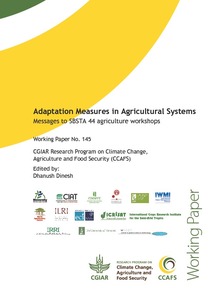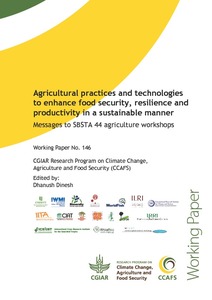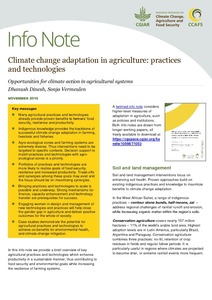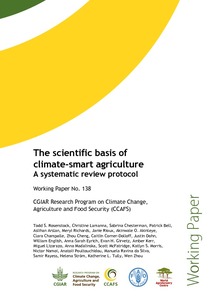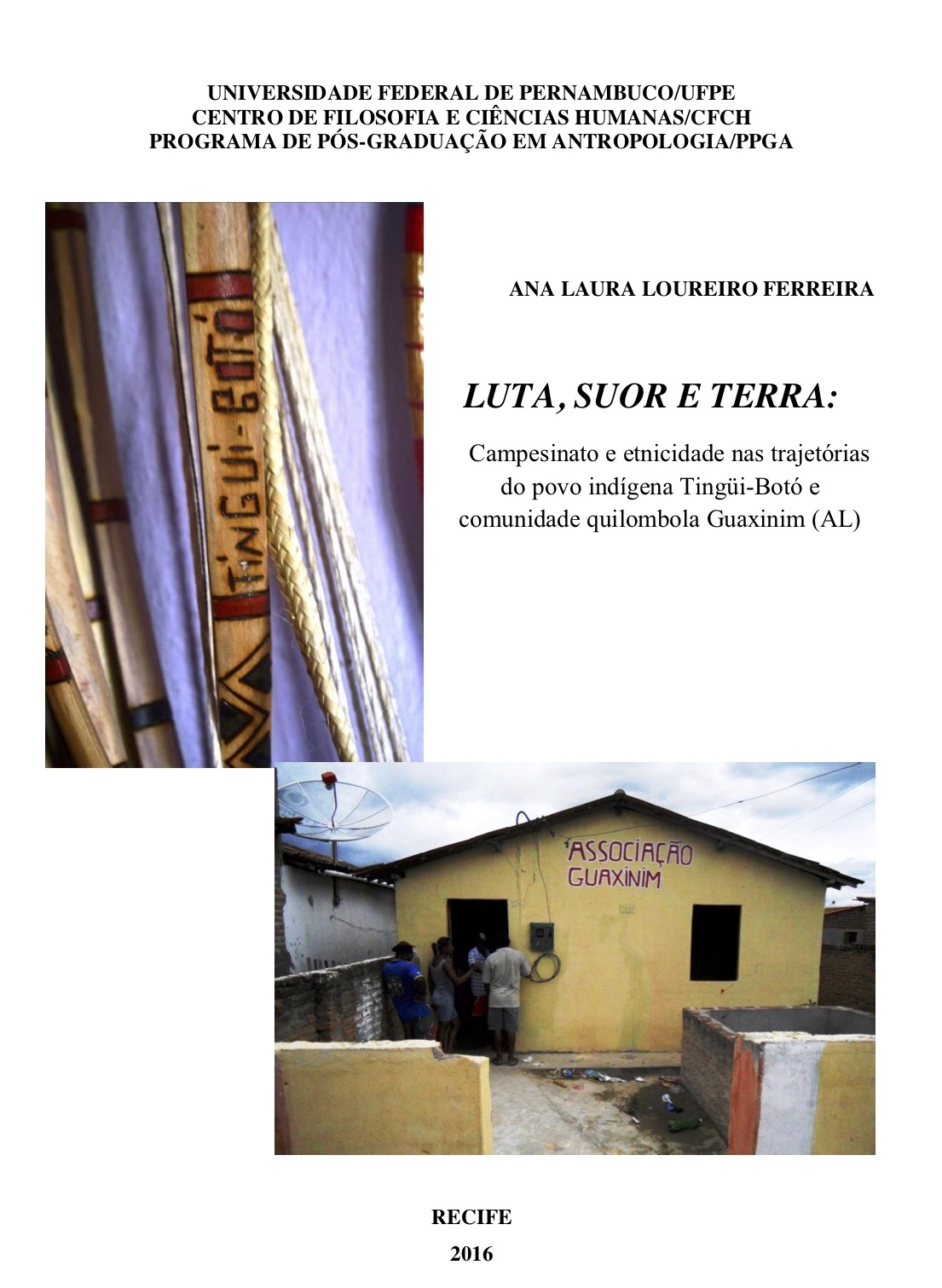Improved Nutrition through Agricultural Extension and Advisory Services
Even after several decades of green
revolution, malnutrition continues to be a major development
challenge in much of South Asia, and India has a major share
of the malnourished people in the region. For nutrition
goals to be integrated into extension the curricula provided
to current and future agricultural extension agents must be
revisited. As part of the South Asia Food and Nutrition
Security Initiative (SAFANSI), this paper focuses on



